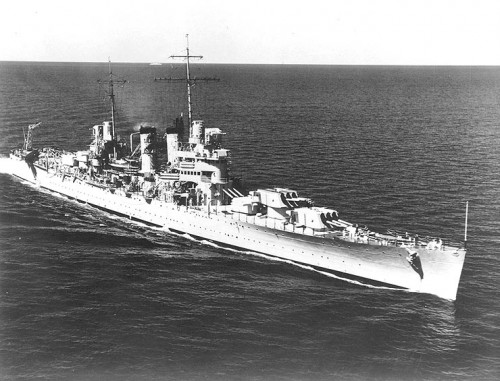(A-Day)
Fri. Oct. 20, 1944
Dearest Darling :
600 transports, L.S.T. ‘s, L.C.I. ‘s, etc. from the Admirality Islands, arrived with the 6th Army. Landed the 6th Army at 10:01 (one minute behind schedule) on Leyte Island. The 10th Corps, landed on White Beach and Lacloband. The 24th Corps, landed on Red Beach.
The landing force of about 155,000 men made the landing in several different waves.
We continured to fire on the enemy with our 5-inch battery. Air attack at twilight repulsed by Air Combat Patrol and Southern Forces.
httpv://www.youtube.com/watch?v=OMtnnMAr4nA
Casualities were very light, one L.S.T. sunk and several L.C.I. ‘s sunk and damaged.
It is reported that the enemy is bringing in reserves from Lamar.
Read More












